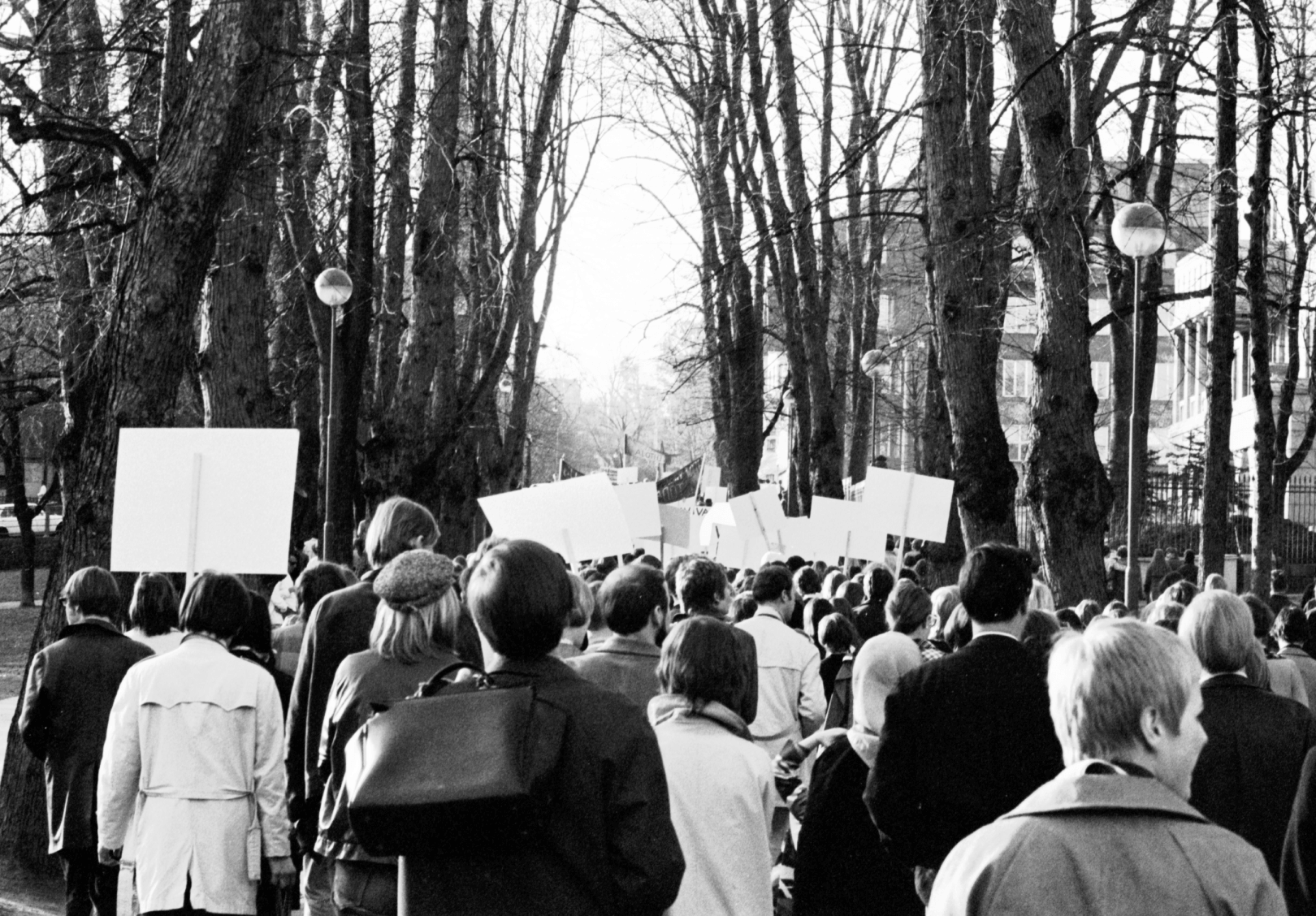Research bees at Puistokatu 4 collected data on the biodiversity of Kaivopuisto – read about the results of the pilot project!
In the summer of 2023, Puistokatu 4 hosted a project with the long-term aim of identifying which environments best support biodiversity and diversity in cities.
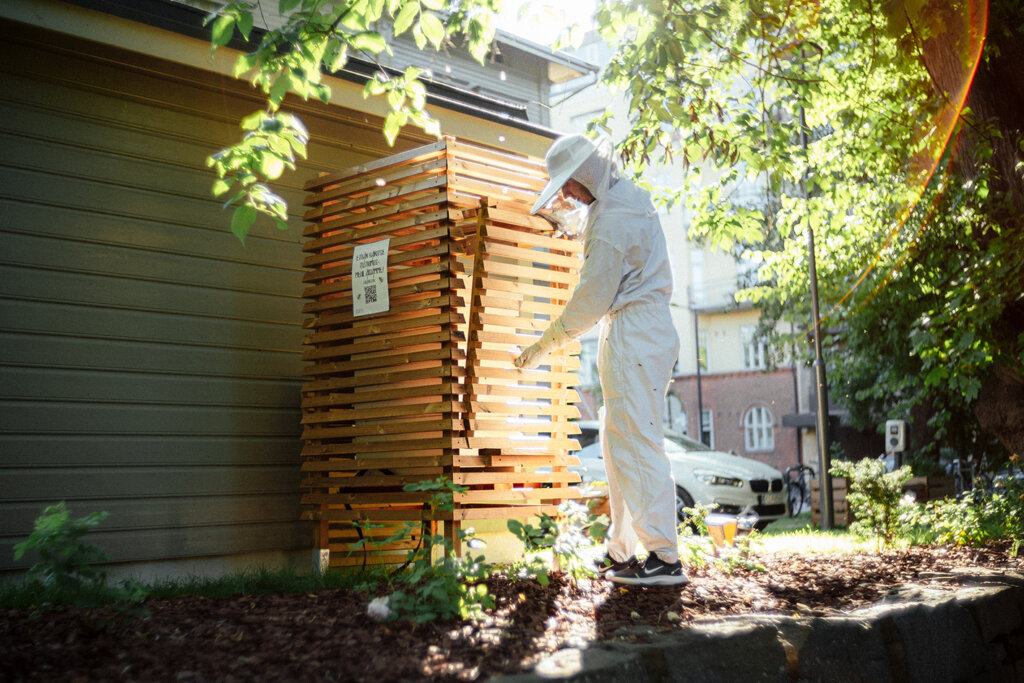
In May 2023, a beehive was brought to Puistokatu, with 20 000 bees working as research assistants for the Puistokatu 4 pilot project.
The idea behind the project, carried out in collaboration with researchers from the University of Helsinki, Aalto University and HumbeBee Oy, was to map the biodiversity of the Kaivopuisto area by studying honey from bees.
“When bees collect pollen and nectar, they carry the DNA of other species living in the same environment. They bring this DNA data with them to the hive, where it eventually ends up in the honey,” says Assistant Professor Helena Wirta.
In addition to vegetation mapping, honey bees can also be used to collect information about their environment, for example on pollutants, pesticides and microbes.
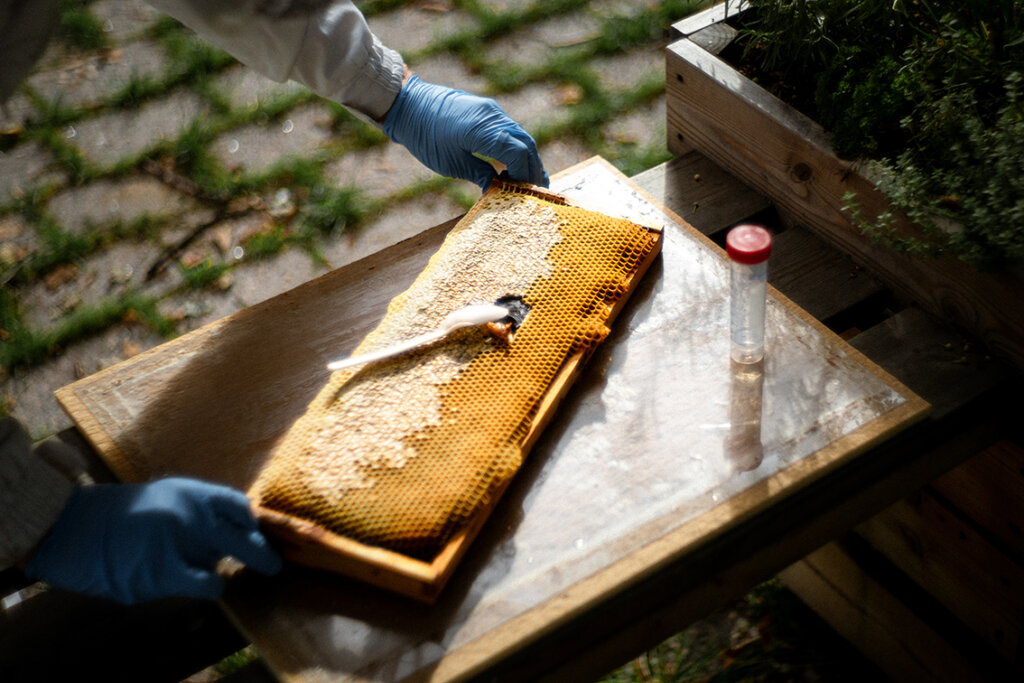
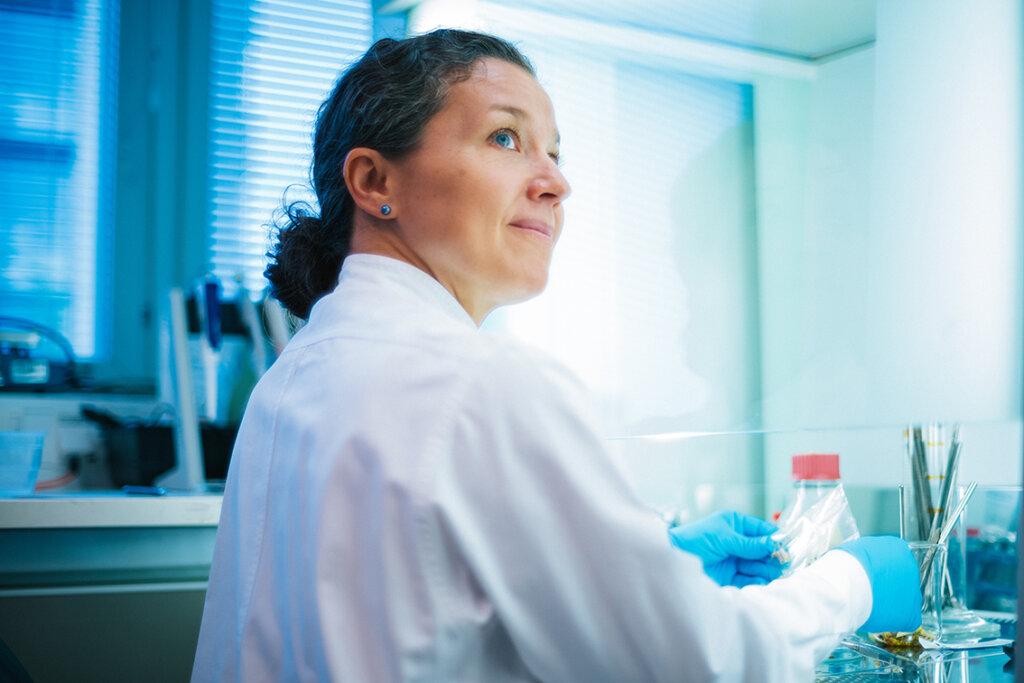 Using the honey data, Helena Wirta (pictured) and Lotta Kaila from the University of Helsinki were able to make interpretations about the biodiversity of the Kaivopuisto area and what kind of flowering plants the environment offered the honeybees at different times of the summer.
Using the honey data, Helena Wirta (pictured) and Lotta Kaila from the University of Helsinki were able to make interpretations about the biodiversity of the Kaivopuisto area and what kind of flowering plants the environment offered the honeybees at different times of the summer.
Honey contains the DNA of numerous plants, bacteria and fungi
Samples were collected from Puistokatu 4 beehive at various times throughout last summer. The DNA of numerous plants, bacteria and fungi was subsequently determined in the laboratory from the nectar and pollen samples.
The samples revealed that willow was the main provider of honey and pollen to the bees in the Kaivopuisto area in early summer. Later in the summer, DNA from Spiraea and Filipendula was most abundant in the nectar, and DNA from Potentilla, Filipendula and Lythrum salicaria was most abundant in the pollen.
Plant and bacterial diversity in honey samples was highest in early summer. The proportion of fungal DNA in the samples increased markedly in late summer.
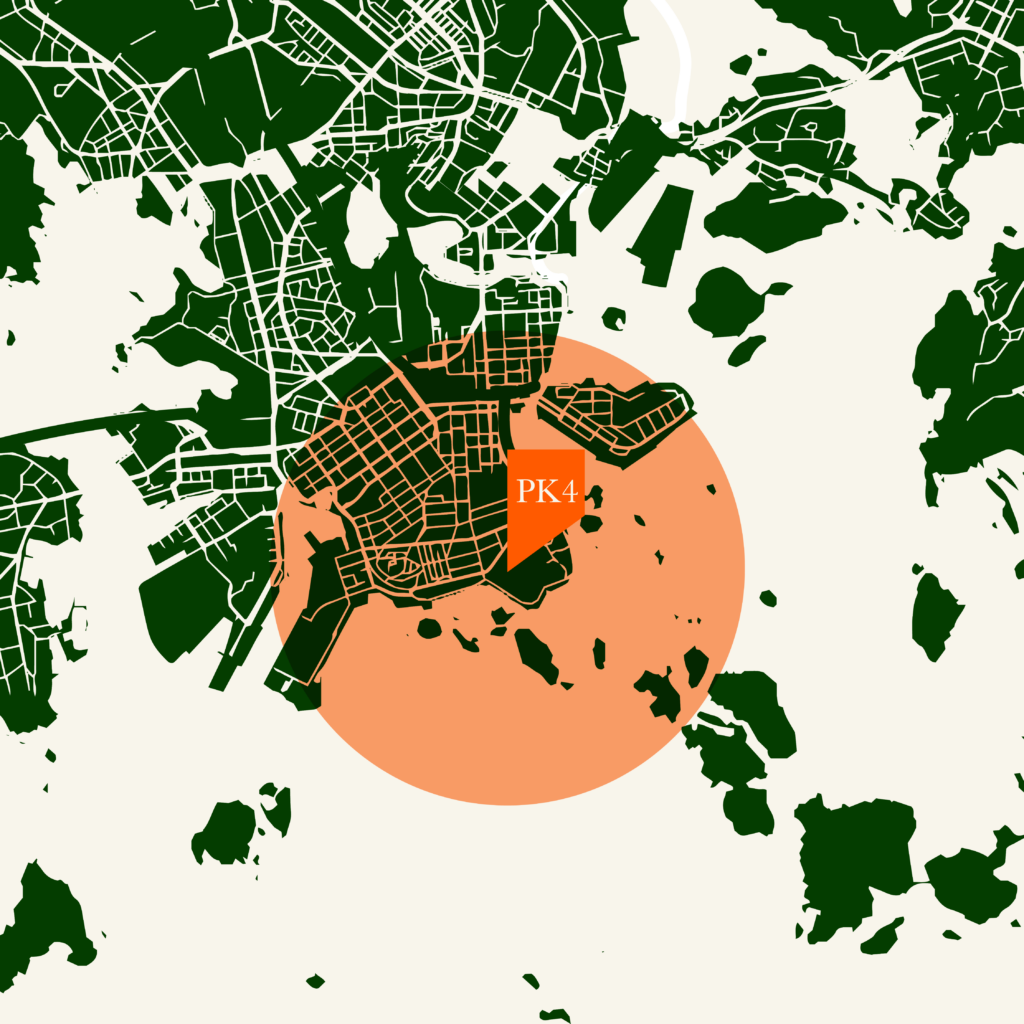 Bees collect pollen and nectar within a radius of about two kilometres around the hive, and they carry a lot of DNA from other species living in the same environment.
Bees collect pollen and nectar within a radius of about two kilometres around the hive, and they carry a lot of DNA from other species living in the same environment.
Research bees to help create more sustainable cities
Wild pollinator populations have declined sharply in recent years. It is important for pollinators to have food crops available in the environment from early spring to autumn. However, urban areas rarely take into account factors that contribute to the well-being of wild pollinators, such as flower succession.
It is the hope of the project members that research bees could be used in many urban areas in the future.
“If we had hives widely spread across different urban areas, the larger and richer data could be used in the future to make interpretations about many different urban structures and how to make them more sustainable for both humans and other species,” concludes Tiina Rinne.
PHOTOS: JUSSI HELLSTEN
The pilot project at Puistokatu 4 was carried out by HumbleBee Oy and researchers from Helsinki and Aalto University. HumbleBee founder Aapo Reuter has built a network around the beehive service he has developed for business customers. Tiina Rinne (D.Sc) from Aalto University studies the role of urban planning in promoting human and planetary health. Lotta Kaila (PhD) from the University of Helsinki uses honeybees to study the chemicalisation of the environment. Helena Wirta (PhD) studies both honey bees and wild pollinators and specialises in the study of insect and plant communities using DNA barcoding.


